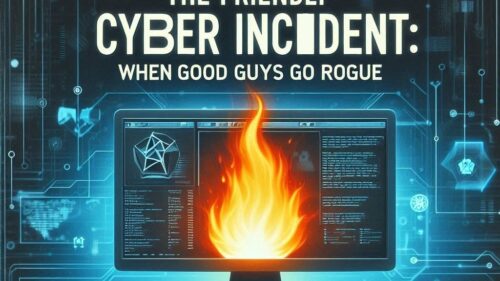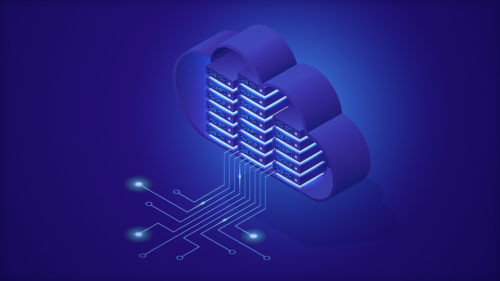Operational Technology and the New Cyber Threats
• June 21, 2023

It’s time to face the harsh reality, folks. Whether you realize it or not, Operational Technology (OT) is the backbone of our modern world. It’s what keeps our power grid humming, our water treatment plants flowing, and our HVAC systems keeping us comfy. Oh, and let’s not forget about our beloved electric vehicles and security systems. We’re talking serious stuff here.
But here’s the catch: while OT may be the unsung hero of our daily lives, it’s also a prime target for cyberattacks. One little vulnerability in your OT systems and you can kiss your corporate network goodbye. Attackers can cause physical damage, disrupt operations, or even hold your systems hostage with ransomware attacks. And let’s be real, these hackers are nothing if not opportunistic. They know that targeting critical infrastructure systems will hit the most amount of people and net them the biggest payout.
What we’re seeing isn’t anything new – Target’s POS systems were accessed through a vulnerability in their HVAC systems back in 2013. 2015 saw a Ukranian power plant taken offline by hackers who gained access to the plant’s ICS. In 2017, the personal information of thousands of European energy company customers was exposed by hackers via a vulnerability in their smart metering system and 2019 saw theft of customer data from a major Casino, with hackers exploiting a weak spot in their security camera system – one of the least thrilling movies from the Ocean’s franchise.
Whilst the tactics aren’t exactly anything new, the success of this approach has seen the targets shift from large public infrastructure and big business to anyone with exploitable OT and the ability to pay up.
The good news is that there are evolving standards and best practices for keeping OT systems safe. The IEC 62443 standard, developed in response to the infamous Stuxnet attack on a nuclear facility in Iran, is just one example. But let’s be honest, most of these guidelines are reactionary in nature. To truly stay ahead of the game, you need to proactively manage the security of all your OT systems and be ready to thwart the next attack type.
Now, we know that you IT leaders have a lot on your plate already, but it’s crucial to assess the state of your OT systems and put together a comprehensive strategy for securing them. And if you’re feeling overwhelmed, don’t worry. We understand that cybersecurity professionals are rarer than a diamond in a coal mine these days. So, if you need help locking down your wider OT network, you know who to call (us) to ensure the safety of your critical infrastructure.
It’s always better to be safe than sorry, folks.

